Everyone Bathing Together?! Travelers Check Out A Japanese Public Bath

Visitors to Japan have their first trip to Japanese public bath! This tour was organized by Emblem Hostel in Nishiarai; read all about Matsu no Yu, the public bath they visited, and learn what they thought of the experience here!

You can spot some very unique things the moment you step inside the entrance. The shoe boxes at Matsu no Yu all close with keys made from wood.

Before heading into the bath, the men in the group took a seat on the comfortable chairs just in front of the garden.
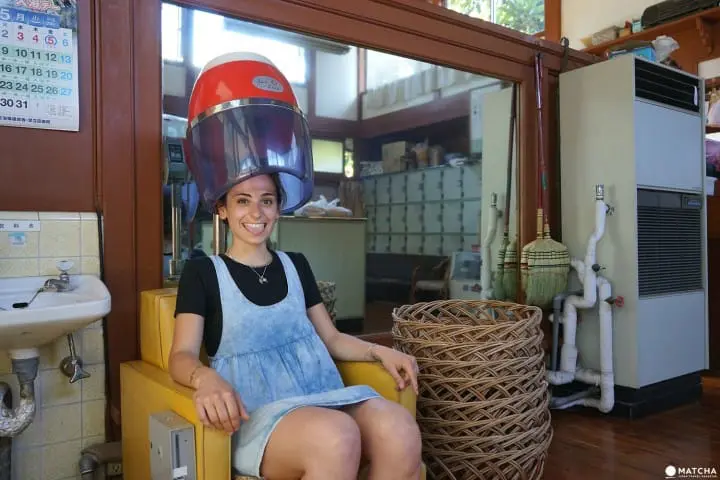
There are also plenty of interesting facilities in the female side of the bath too, so it's a lot of fun to take the time and check each of them out carefully.
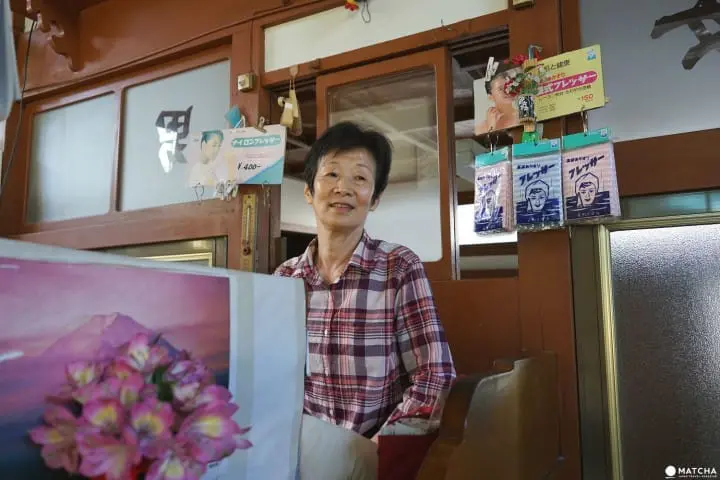
The attendant at Matsu no Yu, Mrs. Takiko Kishi, greeted the guests and explained a bit about Matsu no Yu.
Mrs. Kishi said that the main feature of Matsu no Yu is its age. Matsu no Yu began during Mrs. Kishi's father's generation, and has retained that early Showa era (1926 - 1989) atmosphere to this day. It is somewhat larger than other public baths as it can hold up to 50 people at a time.
Another of the highlights of the public bath is being able to chat with other patrons, and Matsu no Yu has played the role of a social gathering place for many years.
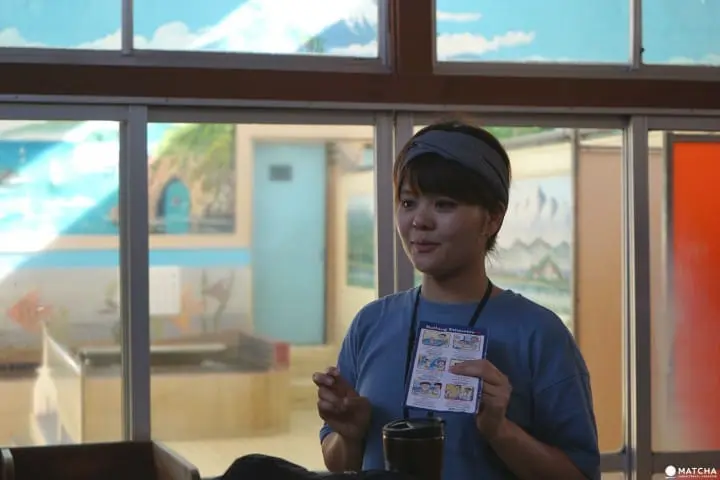
After listening to Mrs. Kishi's stories about Matsu no Yu, it's time to start getting ready for the bath. Mai Koyama, the staff member of Emblem Hostel who organized the tour, explained how to take a bath the Japanese way.
If you're interested, please take a look at Bath Culture In Japan: What Every Visitor Should Know Ahead Of Time to learn more about it.
Ms. Koyama enjoys these large public baths as well, and her explanation is very enthusiastic. Thanks to her passion, the participants, who had been nervous at first, are really excited and looking forward to the bath.
What Were Everyone's Impressions After the Bath?
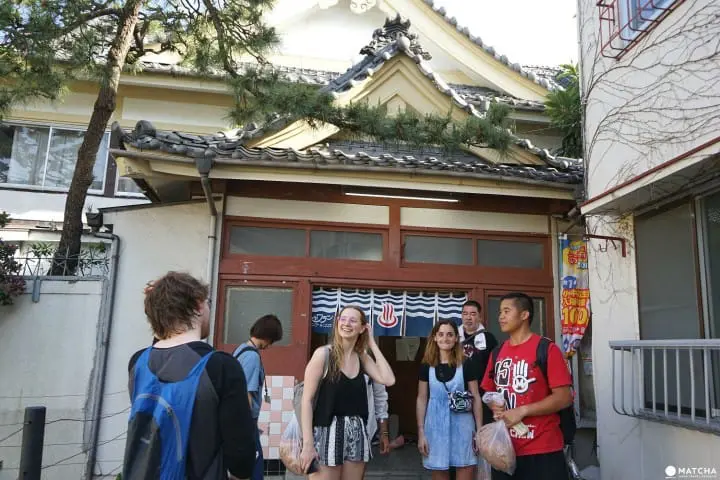
Everyone enjoyed the bath at Matsu no Yu for about 45 minutes before coming back out and exchanging their impressions.
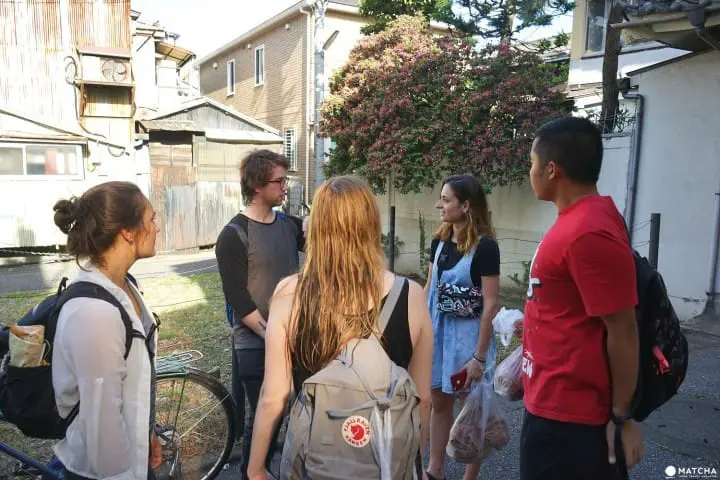
"Although I might not have the courage to visit a public bath if I were alone, it was a lot of fun because everyone was chatting as they bathed", "it was lovely to take a bath in the sunlight", "I really got relaxed!" were the comments flying all about afterwards.
"In Canada, when you go to the pool or the beach you have to look cool, you have to do something fun or interesting all the time, but in a Japanese publich bath you just get undressed and take a bath. I loved that everyday feeling" was another impression.
Snacking in the Shotengai on the Way Back
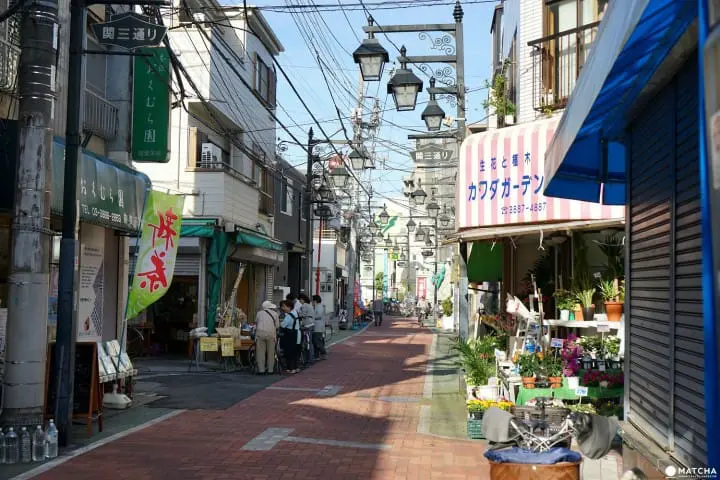
Visiting the public bath is one of the everyday experiences of life in Japan. After having this experience, why not enjoy another aspect of daily life?
The next journey was a stroll about the Sekibara Shotengai (shopping street) of Nishiarai.
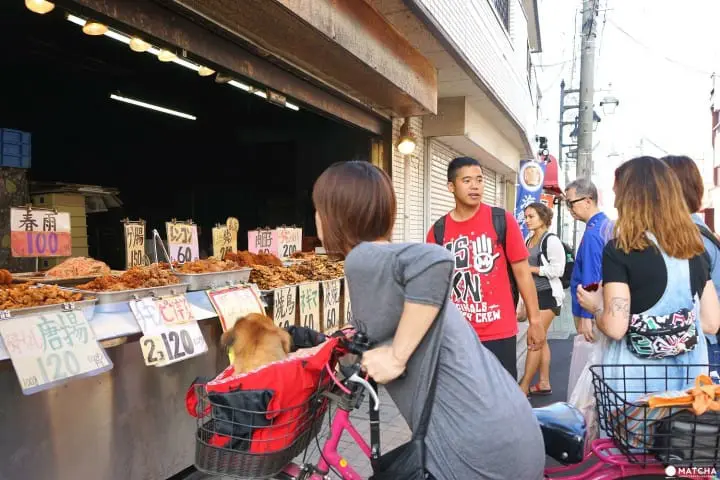
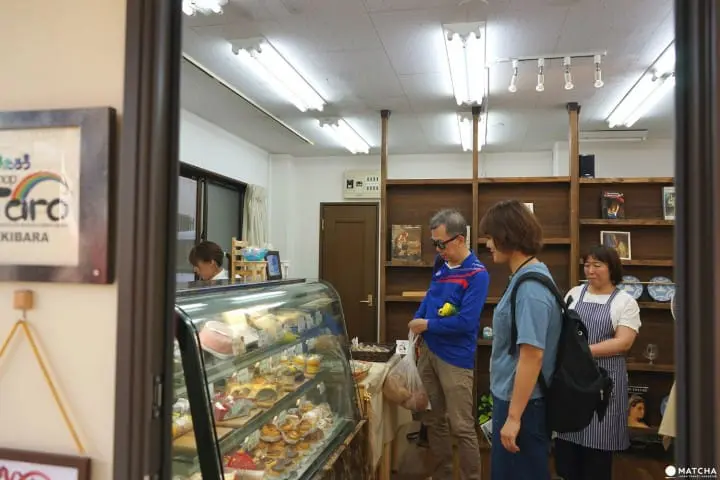
With shops selling everything from yakitori to sweets and ice cream, all of the participants in the tour enjoyed their walk along the Sekibara Shopping Street, and shared more about their own multi-faceted cultural experiences in relation to the public bath as they walked back to Emblem Hostel Nishiarai.
In Conclusion
This sento tour was organized by the staff at Emblem Hostel Nishiarai in order to show the charms of Adachi ward's public baths to visitors from abroad.
If you would like to experience Japanese public bath culture yourself, please send an inquiry about future sento tours to Emblem Hostel Nishiarai.
Interview Co-operation: Emblem Hostel Nishiarai, Public Bath Cheering Group, Matsu no Yu
You May Also Like:
Bath Culture In Japan: What Every Visitor Should Know Ahead Of Time
EMBLEM Hostel Nishiarai: A Bond Between Travelers And Locals
Japanese Tea Workshop in Nishiarai - Put Your Heart into Making Tea!
Ramona, English content editor at MATCHA since 2016, has been practicing ikebana flower arrangement (Ikenobo School) and tea ceremony (Omote Senke) since 2012. She arrived in Japan in 2012 as a graduate student with a focus on Japanese literature and performing arts. As a travel editor and writer, Ramona has visited and documented 40 of Japan's prefectures with a focus on art, history, traditional Japanese crafts, and performing arts.



































![[Traveling with a baby in Japan] Directly connected to the station! Rent a stroller at JR EAST TRAVEL SERVICE CENTER](https://resources.matcha-jp.com/resize/720x2000/2024/12/03-213323.webp)
![[2025] 4 Recommended Spots for Viewing Autumn Leaves in Tokushima, Naruto| Best Time to See, Highlights, and Access](https://resources.matcha-jp.com/resize/720x2000/2025/11/28-251301.webp)
![[During Your Kumano Trip] Cape Shionomisaki Tourist Tower](https://resources.matcha-jp.com/resize/720x2000/2025/11/05-249097.webp)
![[TICKET INTRODUCTION] Small Worlds Miniature Museum](https://resources.matcha-jp.com/resize/720x2000/2025/11/28-251446.webp)
![[Yamanashi, Yatsugatake] A specialty of the Kiyosato Plateau! Seisenryo soft serve ice cream🍦](https://resources.matcha-jp.com/resize/720x2000/2024/03/19-173634.webp)